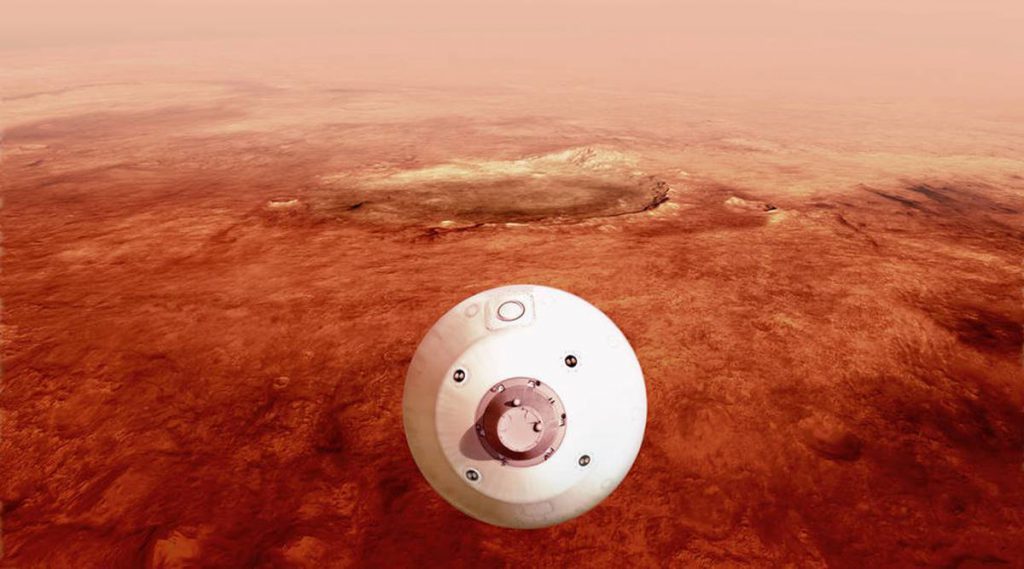Landing individuals on Mars in this century is the most longing objective space agencies are at present pursuing. A couple of NASA robots like the Perseverance and Curiosity rover close by the Mars Orbiter are gathering data that is helping in the preparation before individuals set their foot on the barren spot where there is the abutting planet. Regardless, entering through the thick Martian atmosphere would be a troublesome one to sort out which the analysts have picked up after a surprisingly long time of data collection and from the landing of two huge Mars rovers. Uncovering more understanding into the landing challenges introduced by the red planet, NASA engineer Alex Scammell has endeavored to explain through a video slice what it looks like to show up on Mars.
Scamell, who is working in NASA as a Thermal Engineer said, “It’s an excellent, testing and empowering series of events”. Explaining the landing arrangement of the Perseverance rover, Scamell said that the rover decelerated from a plunging speed of very nearly 21,000 kilometers every hour to ensure a soft landing rapidly. A couple of instruments, for instance, a parachute, motors ready on the rover and a sky crane helped the rover with plunging a controlled way.
According to Scammell, the Martian atmosphere had a significant influence to play in the soft landing of the rover. He explains that the heat shield presented on the Perseverance rover was heated to a temperature of 1,300 degrees Celsius inferable from the drag made by the atmosphere which consequently helped in an all the more sluggish dive. Scammel says, “Getting what the heat protect experienced during segment can help us with arranging more capable heat shields for future missions”.
Also Read: Last Total Solar Eclipse Was Snapped By Astronauts On The ISS
The Perseverance rover passes on a heat shield that is presented with a lot of temperature and strain sensors, called the Mars Entry, Descent, and Landing Instrumentation 2 or MEDLI2 to measure the silly conditions endured by the rover during the entire landing process. “With the data accumulated from MEDLI2, we’ll have the choice to additionally create assessing assumptions for future heat shields and save spacecraft mass for sensible instruments, supplies and even individuals”. Alluding to the cycle as “hot and testing”, he ensured that the experts are trying to work on the cooperation for missions later on.
